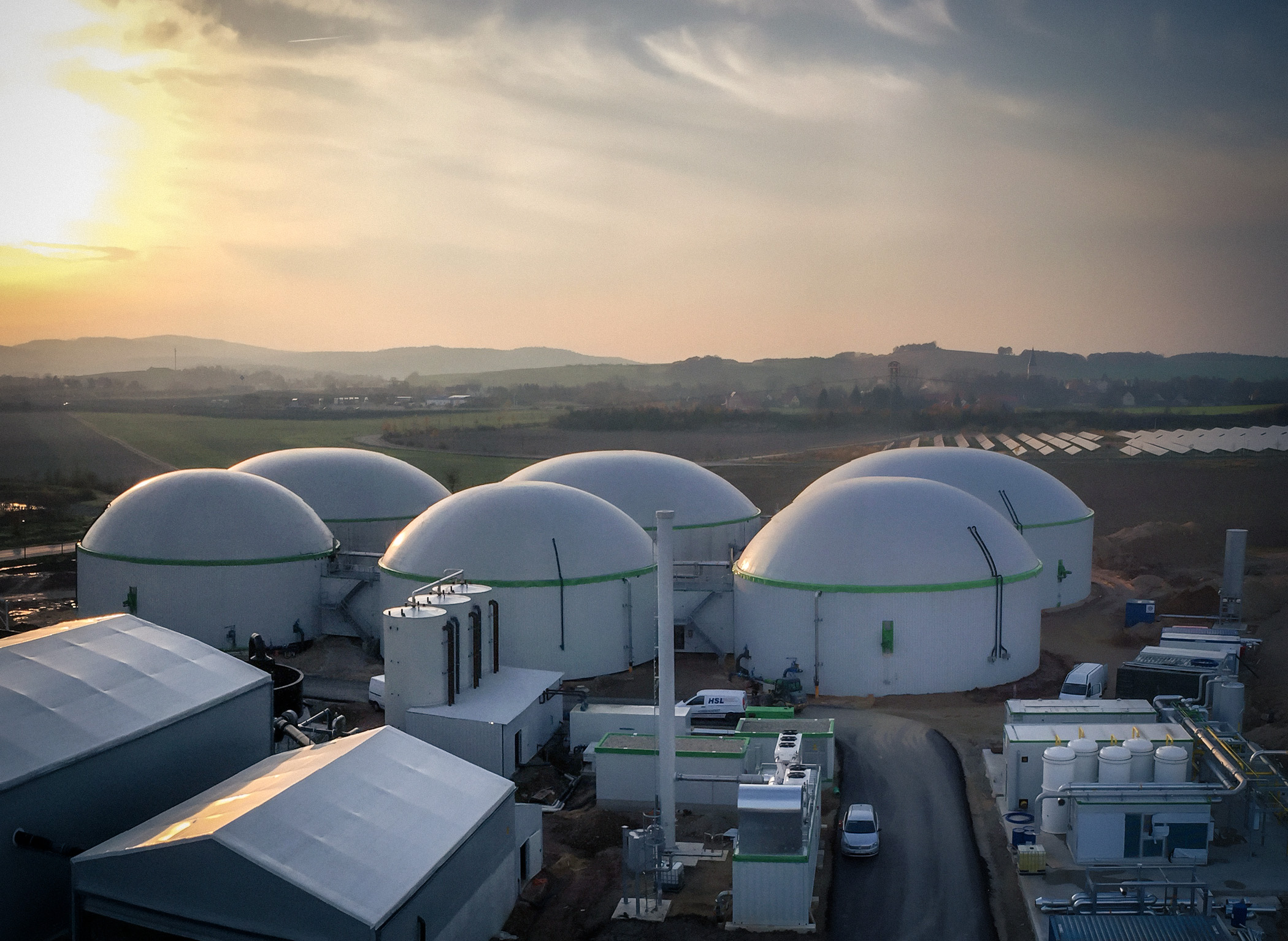
Kanadevia Inova Supplies Green Gas Facilitating Italy’s Decarbonisation Efforts
Kanadevia Inova, Zurich, is building its first plant with anaerobic wet digestion technology on a design, finance, build, own and operate (DFBOO) basis. Kanadevia Inova, an expert in renewable gas technologies, is the owner of the plant, which also includes a gas upgrading unit and a feed-in station. It is being built in Pianfei in northwest Italy. Once the plant is commissioned in the fourth quarter of 2024, it will be able to produce up to 400 Nm³/h of biomethane and feed it into the national gas grid. This marks the further expansion of Kanadevia Inova’s green gas production business and contributes to Italy’s efforts to optimise climate protection, circularity and energy supply security.
Zurich, Switzerland: Zurich-based Kanadevia Inova AG (HZI) is building another plant on a DFBOO (design, finance, build, own and operate) basis, running the facility itself via a group-owned operating company. Having consistently expanded its portfolio of renewable gas technologies and business operations with the production and sale of green gas, the Swiss greentech company is now embarking on building a new cluster of renewable gas assets contributing to efforts to drive decarbonisation, maximise circularity in the economy and enhance supply security in the countries in which it operates.
To this end, Kanadevia Inova has already delivered several projects all over the world featuring its in-house wet anaerobic digestion (AD) technology. In Pianfei, 90 kilometres south of Turin in the Piedmont region, Kanadevia Inova is now building the first wet AD project of its own. In line with Kanadevia Inova’s global ambitions, it is part of a development plan for a cluster of the company’s own plants in the region that will generate more than 1 TWh/a of renewable gas in Italy.
Generating Energy from Livestock and Arable Farming Residues
The technology chosen by Kanadevia Inova for the Pianfei facility is ideally suited to the substrate mix of manure, slurry, agricultural by-products, cocoa bean residues, rice husk flour and wholemeal flour fed into the plant. In a wet AD system consisting of two digesters, two secondary digesters and a fermentation residue store, up to 42,500 tonnes a year of these feedstocks will be fermented to produce biogas and converted into green natural gas in a downstream gas upgrading unit with a biomethane production capacity of up to 400 Nm³/h, operating on the basis of membrane-based gas permeation. The quantity of gas generated will correspond to an electrical output of approximately 35 GWh/a.
The energy required to operate these processes is supplied by a combined heat and power unit that uses part of the biogas to generate both the electricity for operating the membrane unit and the heat for heating the digestion system’s digesters.
The Pianfei facility will also include a gas feed-in station used to transfer the gas produced from renewable resources to meet the region’s energy needs. Compared with fossil natural gas, this will reduce carbon dioxide emissions by around 7,800 tonnes per year.
“Our roots are in technology as well as in plant engineering and construction, but we also see the need for energy generation from renewable resources,” explains Fabio Dinale, Executive Vice President of Business Development at Kanadevia Inova. “Through our global investment projects, we help assure a secure supply of energy with reduced dependence on energy imports, as well as facilitating efforts to decarbonise and make transport more sustainable.” These, he explains, are global goals, but advancing the climate and environmental goals of his home country with this, the first wet fermentation project, which also fully embodies Kanadevia Inova’s value of “we care”, is particularly pleasing to him as a native of Italy.
Construction will start shortly with the earthworks on site. The first biogas is to be produced in September 2024 and the entire plant will be operational by the end of next year.